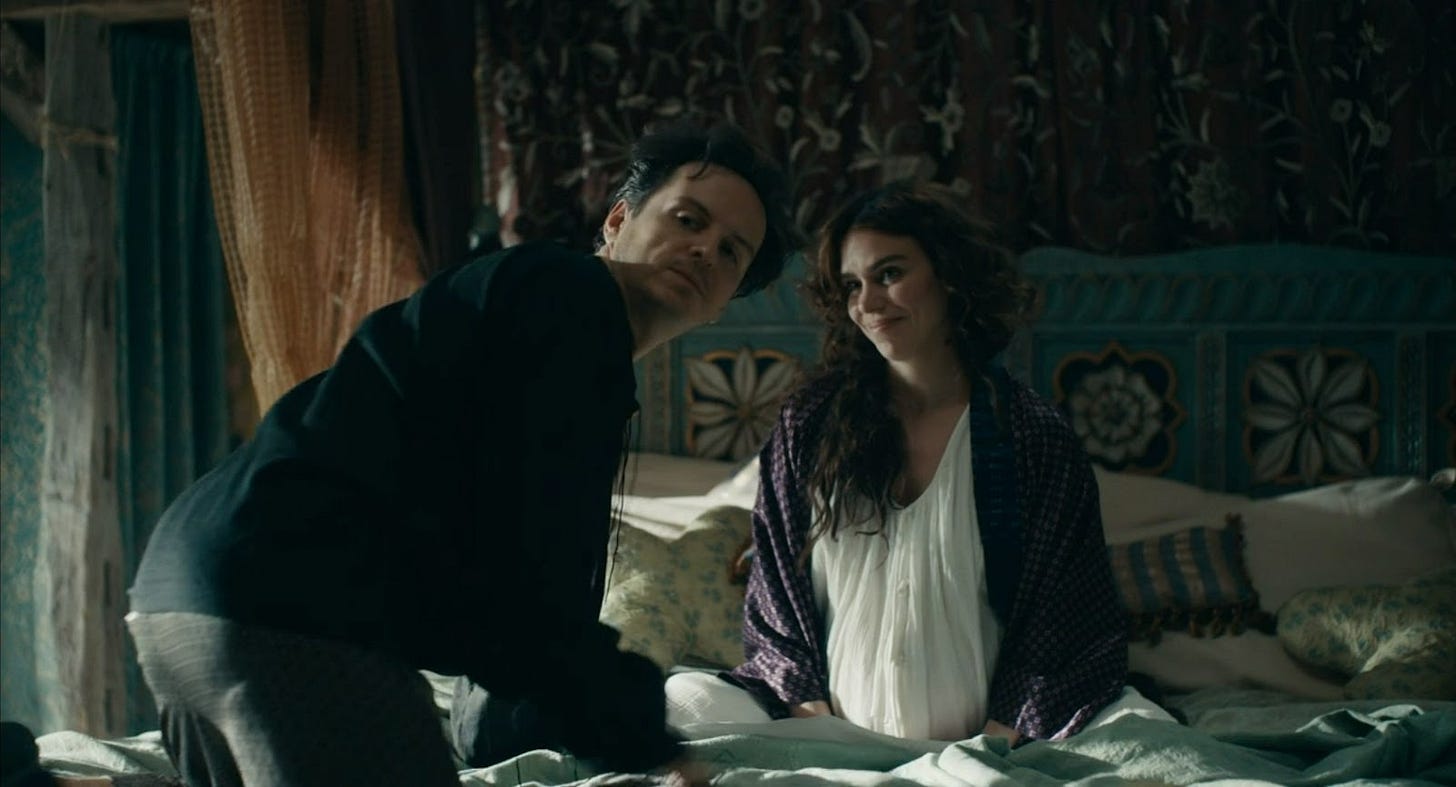the ecstasy and the agony
pregnancy, childbirth and what historical romance can't quite look at
content warning: discussions of pregnancy, miscarriage, post-partum depression, suicide, and rape in fiction

Pregnancy in historical romance novels is generally a positive development that represents the end of the plot. Childb…
Keep reading with a 7-day free trial
Subscribe to restorative romance to keep reading this post and get 7 days of free access to the full post archives.



